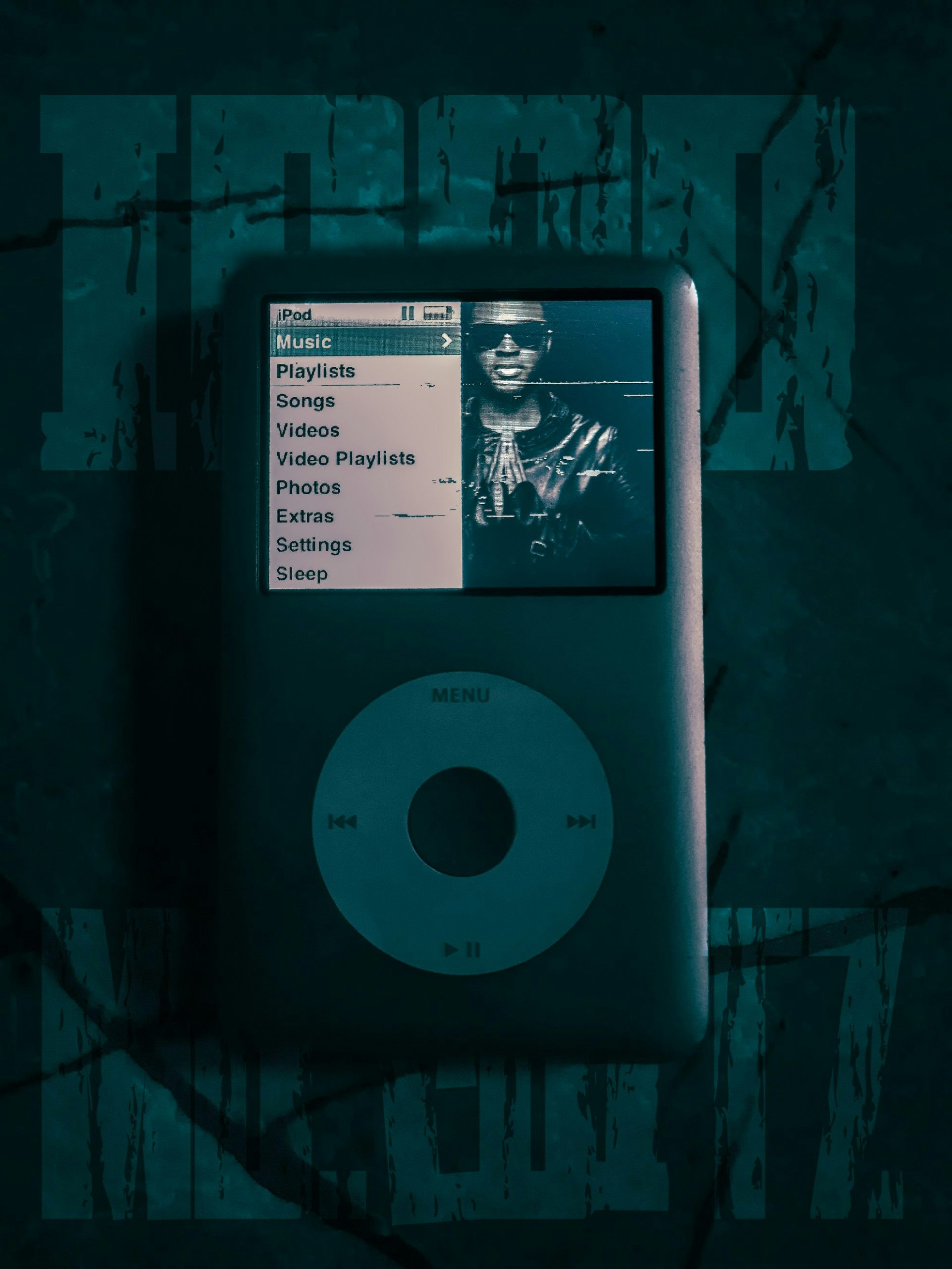In recent years, the convergence of wearable technology and portable spectroscopy has opened up exciting new frontiers in healthcare monitoring and diagnostics. This rapidly evolving field promises to revolutionize how we track and manage our health, offering unprecedented insights into our bodies’ inner workings through non-invasive, real-time measurements.
Portable spectroscopy, particularly near-infrared (NIR) spectroscopy, has emerged as a powerful tool in this arena. The National Institute of Standards and Technology has been at the forefront of developing miniaturized spectrometers that can accurately measure infrared light, paving the way for more compact and efficient wearable devices. These advancements are enabling a new generation of health monitoring tools that can provide valuable data on various physiological parameters.
One of the most promising applications of this technology is in the realm of continuous glucose monitoring for diabetes management. Traditional methods of blood glucose measurement often involve finger pricks, which can be inconvenient and painful for patients. However, research published in the journal Biosensors and Bioelectronics has demonstrated the potential of NIR spectroscopy for non-invasive glucose monitoring, offering a more comfortable and user-friendly alternative for diabetics.
Beyond glucose monitoring, wearable spectroscopy devices are showing potential in a wide range of health applications. For instance, these devices can measure pulse rate, blood oxygenation, and tissue hydration levels with remarkable accuracy. The American Heart Association has recognized the value of home monitoring for conditions like hypertension, and wearable spectroscopy devices could play a crucial role in this area by providing continuous, non-invasive blood pressure measurements.
The integration of artificial intelligence and machine learning algorithms with spectroscopic data is further enhancing the capabilities of these devices. By analyzing complex spectral patterns, these systems can potentially detect early signs of various health conditions, from cardiovascular issues to certain types of cancer. The National Cancer Institute has highlighted the potential of AI in improving cancer screening and diagnosis, and spectroscopy-based wearables could contribute significantly to this field.
One of the key advantages of wearable spectroscopy devices is their ability to provide continuous, real-time data. This constant stream of information can offer a more comprehensive picture of an individual’s health than periodic check-ups or lab tests. As noted by the World Health Organization, continuous monitoring can be particularly beneficial for managing chronic diseases, which are responsible for a significant portion of global mortality.
The development of these technologies is not without challenges, however. Ensuring the accuracy and reliability of measurements across diverse populations and environmental conditions remains a significant hurdle. Additionally, issues of data privacy and security must be carefully addressed as these devices collect and transmit sensitive health information.
Despite these challenges, the potential benefits of wearable spectroscopy devices are immense. They could democratize access to advanced health monitoring, enabling individuals to take a more proactive role in managing their health. This aligns with the growing trend towards personalized medicine, as highlighted by the National Institutes of Health’s All of Us Research Program, which aims to tailor health care to individual differences in lifestyle, environment, and biology.
The future of wearable health technology is not limited to spectroscopy alone. Other emerging technologies, such as flexible electronics and advanced biosensors, are being integrated into wearable devices to create even more comprehensive health monitoring systems. For example, the Defense Advanced Research Projects Agency (DARPA) has been investing in the development of advanced wearable sensors for military applications, with potential civilian healthcare applications.
As these technologies continue to advance, we can expect to see a proliferation of sophisticated, user-friendly wearable devices that provide increasingly detailed and actionable health insights. From smartwatches that can detect atrial fibrillation to patches that monitor hydration levels, the possibilities are vast and exciting.
The integration of wearable spectroscopy into everyday life could have far-reaching implications for public health. By enabling early detection of health issues and promoting proactive health management, these technologies could potentially reduce the burden on healthcare systems and improve overall population health outcomes. The Centers for Disease Control and Prevention has emphasized the importance of prevention in managing chronic diseases, and wearable health technologies could play a crucial role in this effort.
However, it’s important to note that while these technologies offer great promise, they should complement rather than replace traditional medical care. The American Medical Association has stressed the importance of integrating digital health tools into existing healthcare systems in a way that enhances patient care without compromising the doctor-patient relationship.
As we look to the future, the potential of wearable spectroscopy and other advanced health monitoring technologies is truly exciting. These innovations have the power to transform how we understand and manage our health, ushering in a new era of personalized, proactive healthcare. While challenges remain, the rapid pace of technological advancement and the growing focus on preventive health suggest that the future of wearable health technology is bright indeed.
In conclusion, the convergence of wearable technology and portable spectroscopy represents a significant leap forward in personal health monitoring. As these technologies continue to evolve and become more integrated into our daily lives, they have the potential to revolutionize healthcare, empowering individuals to take control of their health in ways that were previously unimaginable. The future of health is wearable, and it’s closer than we might think.

 Home4 years ago
Home4 years ago
 Medical3 years ago
Medical3 years ago
 Gadgets3 years ago
Gadgets3 years ago
 Environment4 years ago
Environment4 years ago
 Medical3 years ago
Medical3 years ago
 Energy4 years ago
Energy4 years ago


